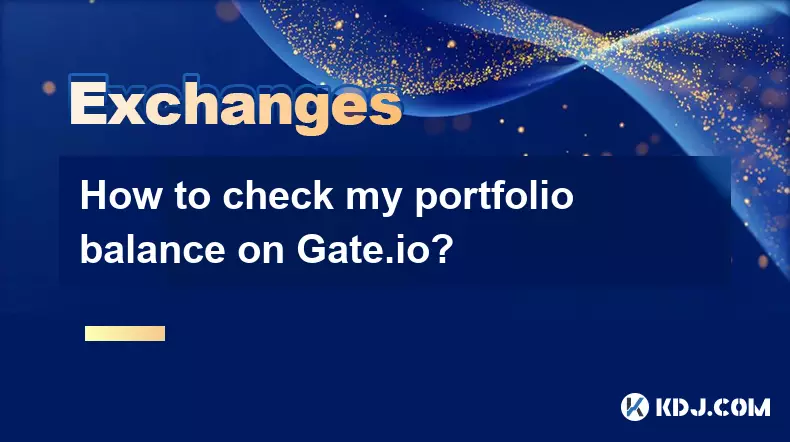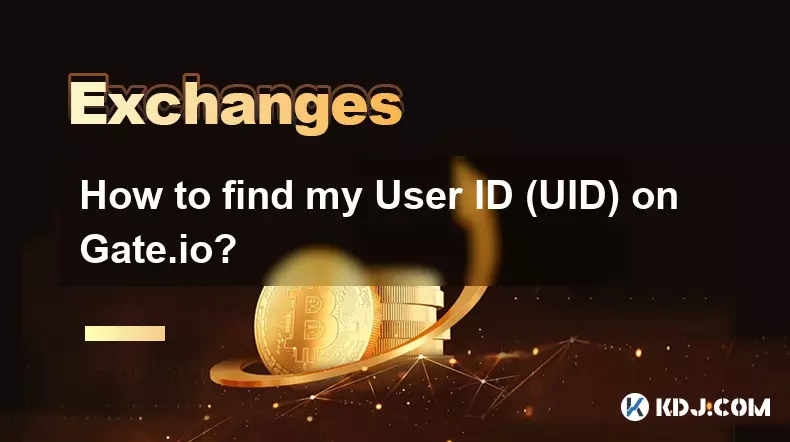-
 bitcoin
bitcoin $115469.758015 USD
0.29% -
 ethereum
ethereum $4536.640472 USD
-1.35% -
 xrp
xrp $2.998395 USD
-1.04% -
 tether
tether $1.000274 USD
-0.02% -
 bnb
bnb $921.981367 USD
-0.33% -
 solana
solana $235.464989 USD
-2.21% -
 usd-coin
usd-coin $0.999955 USD
0.02% -
 dogecoin
dogecoin $0.269732 USD
-2.68% -
 tron
tron $0.345815 USD
-0.84% -
 cardano
cardano $0.865586 USD
-2.26% -
 hyperliquid
hyperliquid $53.710810 USD
0.30% -
 chainlink
chainlink $23.619558 USD
-1.81% -
 ethena-usde
ethena-usde $1.001114 USD
-0.01% -
 sui
sui $3.539388 USD
-3.58% -
 avalanche
avalanche $29.724102 USD
1.08%
Why was my Bybit order rejected?
Bybit may reject orders due to insufficient margin, price deviation, invalid parameters, liquidation risks, or API key issues, even with enough funds.
Sep 15, 2025 at 06:00 am

Common Reasons for Order Rejection on Bybit
1. Insufficient margin balance to open or maintain the position. Traders must meet the minimum margin requirements based on the leverage and size of the order. If the available balance falls short, the system automatically rejects the trade.
2. Price deviation beyond acceptable thresholds. Bybit uses a mark price and fair price mechanism to prevent manipulation. If your limit order price is too far from the current market price, especially during high volatility, it may be rejected to avoid erroneous executions.3. Invalid order parameters such as incorrect lot size, exceeding maximum order size limits, or using unsupported price steps. Each trading pair has defined tick sizes and minimum order values that must be strictly followed.
4. Liquidation protection rules being triggered. If the order would place the position too close to liquidation due to high leverage or unfavorable entry, Bybit may block it to protect the user from immediate risk.5. System-wide risk controls during extreme market movements. During flash crashes or rapid spikes, Bybit may temporarily restrict certain order types or prices to maintain platform stability.
Account and Security-Related Causes
1. Account restrictions due to verification status. Users who haven’t completed KYC may face limitations on trading volume or order types, leading to rejection of larger or advanced orders.
2. IP or device mismatch triggering security protocols. Logging in from a new location or device without proper authentication can result in temporary trading blocks.
3. API key permissions misconfiguration. If you're using automated trading bots or third-party tools, insufficient permissions assigned to the API key—such as missing trading or spot/margin access—can cause silent rejections.4. Temporary lock due to multiple failed login attempts or suspicious activity. Even if the order seems valid, an underlying security flag can prevent execution until resolved.
Market and Product-Specific Constraints
1. Trading pair not available in your region. Regulatory restrictions may disable certain contracts for users in specific jurisdictions, causing attempts to trade them to fail.
2. Order type not supported for the selected product. For example, stop-limit orders may not be available for linear perpetuals under certain conditions, or reduce-only orders applied incorrectly on non-post-only modes.
3. Expiry of conditional orders. If a stop-loss or take-profit is set with a time-in-force parameter like 'Good-Til-Canceled' but the server clock detects a timeout due to system latency, the order may be invalidated before execution.4. Auction phase restrictions in futures markets. During the funding period or just before settlement, new entries may be blocked to stabilize pricing, leading to rejected entries even if prices appear tradable.
Frequently Asked Questions
Why does my limit order get rejected even when I have enough funds?This often occurs when the order price is outside the allowable deviation range from the index or mark price. Bybit enforces price bands to prevent unrealistic entries. Adjust your price closer to the current market level and retry.
Can maintenance mode cause order rejection?Yes. During scheduled upgrades or unexpected downtime, Bybit disables order placement across affected products. Check the status page or announcements before assuming an account-specific issue.
Does using leverage affect order acceptance?Leverage settings influence margin calculations. If the selected leverage results in insufficient margin after accounting for fees and buffers, the order will be rejected regardless of nominal fund availability.
How do I check the exact reason for rejection?Navigate to the “Order History” section and look for rejected orders. Hover over or tap the status icon to view a detailed error code. Match the code with Bybit’s official documentation for precise troubleshooting steps.
Disclaimer:info@kdj.com
The information provided is not trading advice. kdj.com does not assume any responsibility for any investments made based on the information provided in this article. Cryptocurrencies are highly volatile and it is highly recommended that you invest with caution after thorough research!
If you believe that the content used on this website infringes your copyright, please contact us immediately (info@kdj.com) and we will delete it promptly.
- BlockDAG: X1 Miners and a $400M Presale Redefine Adoption Milestones
- 2025-09-17 05:25:12
- Avalanche Alert: AVAX ETF Buzz and Bullish Charts – To the Moon?
- 2025-09-17 04:45:15
- TRX, Pi Coin, BlockDAG: Navigating Crypto's Tides
- 2025-09-17 04:45:15
- CleanCore's Dogecoin Holdings: A Bold Move or a Risky Bet?
- 2025-09-17 05:05:12
- Pump, Fun, Problem: Navigating the Wild West of Crypto Streaming
- 2025-09-17 05:05:12
- Anchor Protocol's DeFi Dream: From Boom to Bust and Beyond
- 2025-09-17 04:50:12
Related knowledge

How to get a referral code for Gate.io?
Sep 16,2025 at 06:54am
Understanding Referral Systems on Gate.io1. Gate.io operates a comprehensive referral program that allows existing users to invite others and earn rew...

How to use stop-loss and take-profit on Gate.io?
Sep 11,2025 at 07:36am
Understanding Stop-Loss and Take-Profit on Gate.ioGate.io is a leading cryptocurrency exchange offering advanced trading tools for both beginners and ...

How to set up an anti-phishing code on Gate.io?
Sep 12,2025 at 04:36am
Understanding Anti-Phishing Codes on Gate.io1. An anti-phishing code is a personalized security feature that helps users identify legitimate emails fr...

How to reduce trading fees on Gate.io?
Sep 11,2025 at 03:55am
Understanding Gate.io Fee Structure1. Gate.io operates on a tiered fee model based on users’ 30-day trading volume and their average GT (GateToken) ho...

How to check my portfolio balance on Gate.io?
Sep 16,2025 at 02:37am
Accessing Your Gate.io Account Dashboard1. Navigate to the official Gate.io website using a secure internet connection. Logging in from public network...

How to find my User ID (UID) on Gate.io?
Sep 15,2025 at 04:36pm
Understanding User ID (UID) on Gate.ioGate.io assigns a unique User ID (UID) to every registered user. This identifier plays a crucial role in account...

How to get a referral code for Gate.io?
Sep 16,2025 at 06:54am
Understanding Referral Systems on Gate.io1. Gate.io operates a comprehensive referral program that allows existing users to invite others and earn rew...

How to use stop-loss and take-profit on Gate.io?
Sep 11,2025 at 07:36am
Understanding Stop-Loss and Take-Profit on Gate.ioGate.io is a leading cryptocurrency exchange offering advanced trading tools for both beginners and ...

How to set up an anti-phishing code on Gate.io?
Sep 12,2025 at 04:36am
Understanding Anti-Phishing Codes on Gate.io1. An anti-phishing code is a personalized security feature that helps users identify legitimate emails fr...

How to reduce trading fees on Gate.io?
Sep 11,2025 at 03:55am
Understanding Gate.io Fee Structure1. Gate.io operates on a tiered fee model based on users’ 30-day trading volume and their average GT (GateToken) ho...

How to check my portfolio balance on Gate.io?
Sep 16,2025 at 02:37am
Accessing Your Gate.io Account Dashboard1. Navigate to the official Gate.io website using a secure internet connection. Logging in from public network...

How to find my User ID (UID) on Gate.io?
Sep 15,2025 at 04:36pm
Understanding User ID (UID) on Gate.ioGate.io assigns a unique User ID (UID) to every registered user. This identifier plays a crucial role in account...
See all articles









































































